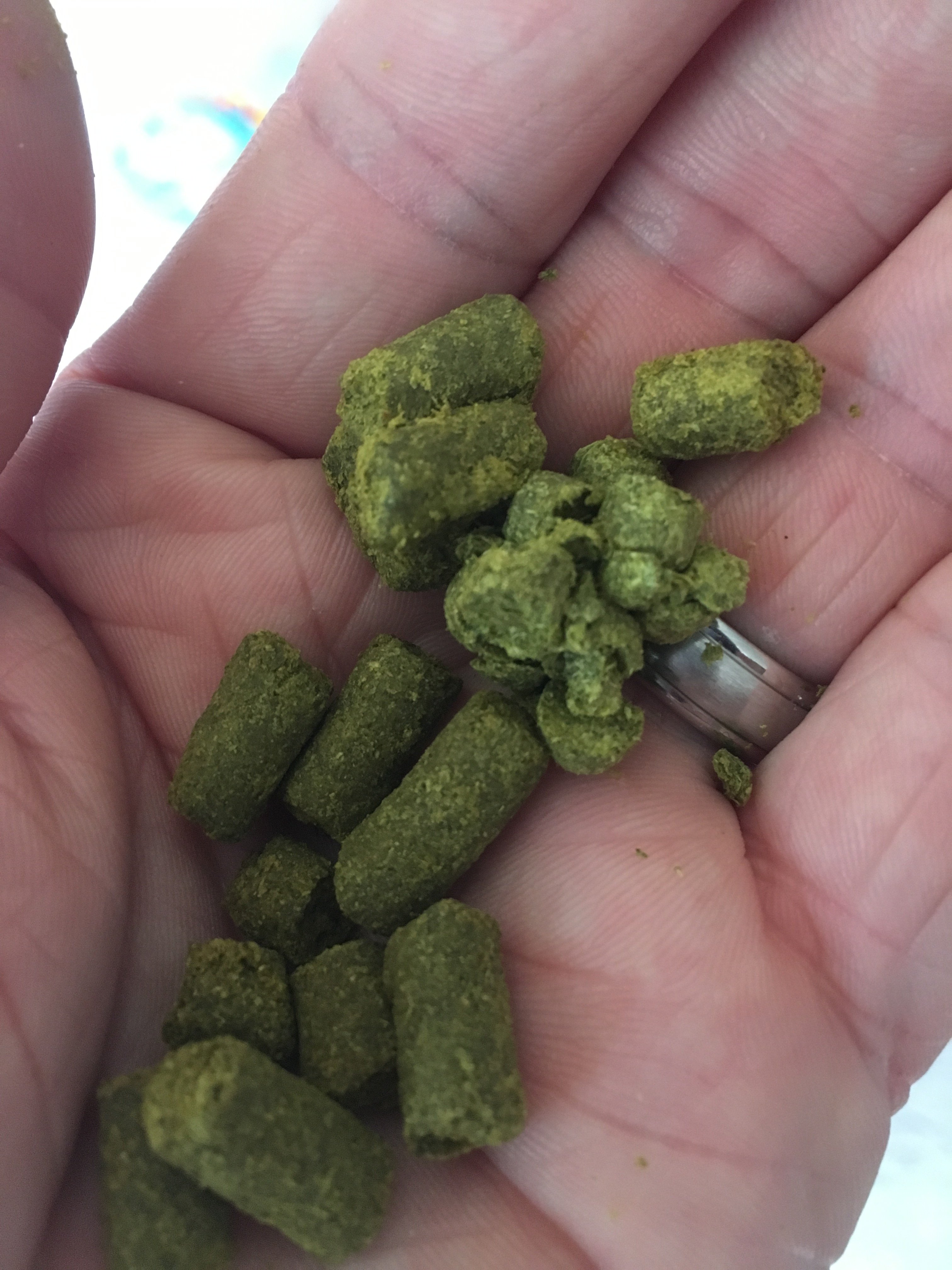stickyfinger
Well-Known Member
Does this happen?? CO2 tank contamination?
I never really thought about this seriously until this year after looking into the LODO thread Schematix started. As I thought about it, I realized that there could be more or less CO2 in any given cylinder at any given time:
- i think all cylinders have to be completely emptied and opened up every 5 years for testing. that would allow air to fill the cylinder. then, if you just filled it up with CO2 once, it would have way more oxygen in it then a cylinder that had been used for 5 years without ever being run to zero CO2.
- cylinders that have been used down to no CO2 left vs ones that have been used down to positive CO2 pressure would have more O2 in them at any given time (perhaps a reason to get refills rather than exchanges.)
- cylinders that have been refilled more times without O2 exposure should have less O2 as it is getting flushed a little bit with each fill.
Any way you look at it, there is going to be some O2 in any cylinder, and there is going to be almost no O2 in the vicinity of active yeast or in their CO2 byproduct stream. Is the O2 in a cylinder enough to kill your beer early? I don't know - some are sure that it does - some think the idea seems over-the-top. Just some food for thought.
I've started carbonating all of my IPAs (and other styles when I can) by spunding (using a corny keg as my fermenter.) I don't know if it has made a difference yet as I have only done a handful so far, but I think it is a great way to carbonate and start serving your beer from a keg without ever introducing it to any unnecessary oxygen (of course you do it during dry hopping, but that is mitigated by dry hopping during fermentation and then sealing up for the rest of fermentation and carbonating.) The only time the keg will start seeing O2 is when you have to finally hook it up to the CO2 cylinder to start serving it once the head pressure goes down too far in your keg to serve itself.
Here is an excellent thread on looking into LODO on the cold side:
https://www.homebrewtalk.com/forum/threads/pressurized-closed-loop-corny-keg-fermenting.600563/











![Craft A Brew - Safale S-04 Dry Yeast - Fermentis - English Ale Dry Yeast - For English and American Ales and Hard Apple Ciders - Ingredients for Home Brewing - Beer Making Supplies - [1 Pack]](https://m.media-amazon.com/images/I/41fVGNh6JfL._SL500_.jpg)

















































